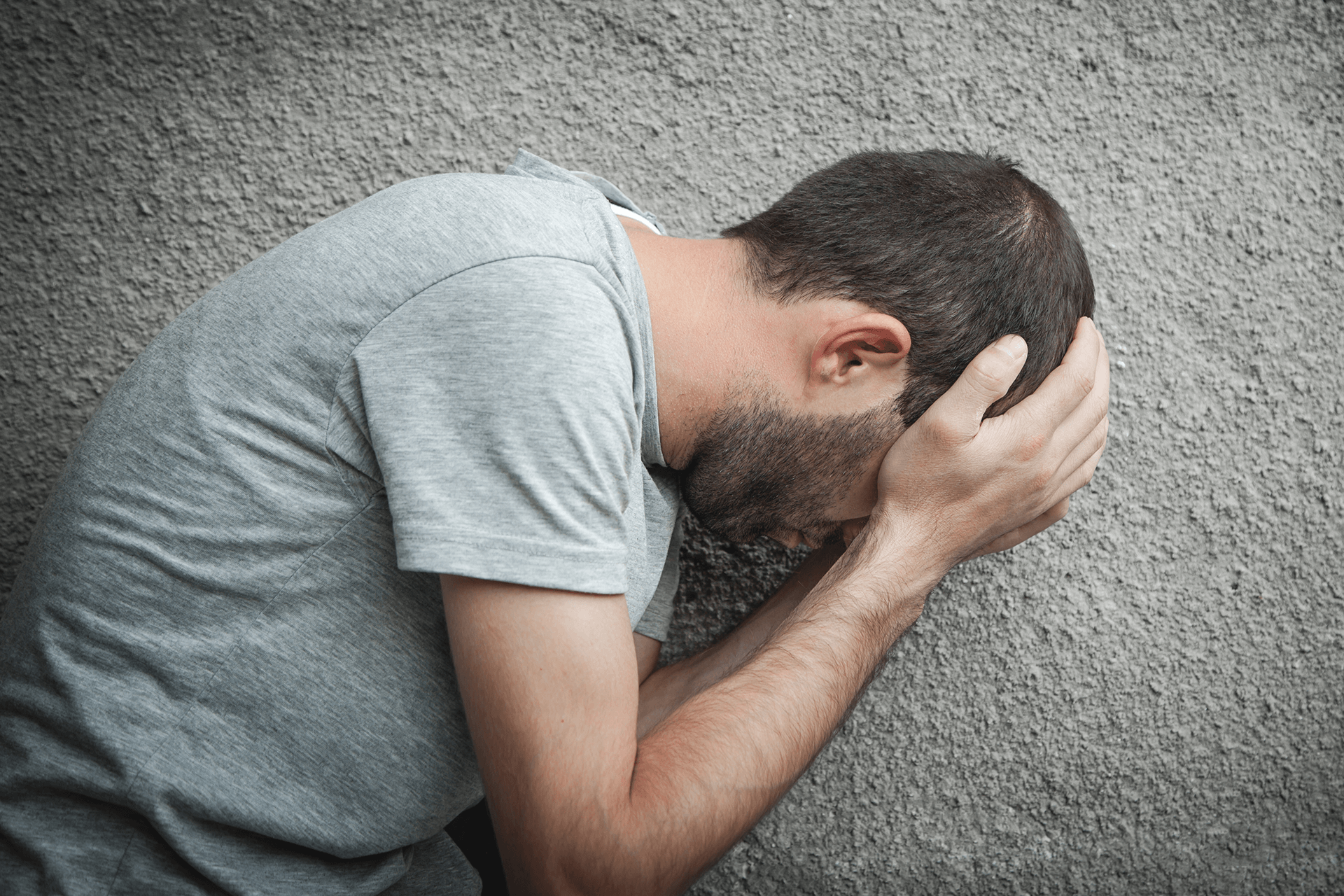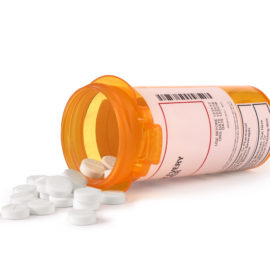Tramadol side effects may be a cause for concern for those taking this prescription medication.
Tramadol is a prescription medication that is classified as a Schedule IV controlled substance and is used for pain management. It belongs to the opioid agonist category and is available in the form of tablets or capsules. This medication functions by altering the brain’s pain perception mechanism.
Read on to discover:
- What are the most common side effects of tramadol?
- What are the dangers of taking tramadol?
- Are tramadol side effects life-threatening?
What Are the Effects of Tramadol?
Common side effects of tramadol include:
- Pain relief: Tramadol is mainly used for its pain-relieving effects. It works by binding to the brain’s opioid receptors, which decreases the body’s ability to feel pain.
- Sedation and drowsiness: Side effects of tramadol include feelings of sedation and drowsiness, meaning that it is inadvisable to operate heavy machinery or drive while taking the medication.
- Mood alteration: Some people may experience a mild sense of euphoria or a change in mood due to tramadol’s impact on brain chemicals associated with mood and emotion.
- Nausea and vomiting: Tramadol adverse effects may include gastrointestinal side effects like nausea and vomiting, especially when starting the medication or increasing the dose.
- Constipation: Like many opioid medications, tramadol can trigger constipation. This effect can be managed with dietary changes and, in some cases, medications.
- Headaches and dizziness: Headaches and dizziness are both common side effects of tramadol.
- Dependency and withdrawal: With prolonged use, side effects of tramadol in adults
include the development of physical dependence, associated with the presentation of withdrawal symptoms if the medication is discontinued abruptly.
- Respiratory depression: In high doses, tramadol can cause respiratory depression, a serious side effect that slows breathing. This is particularly risky when combined with other substances that depress breathing.
- Allergic reactions: Although rare, some people may experience allergic reactions to tramadol, characterized by itching, rash, swelling, and in severe cases, difficulty breathing.
- Interactions with other medications: Tramadol can interact with a wide range of medications, potentially leading to harmful effects. Discuss all medications and supplements with a healthcare provider before taking tramadol.
Each person’s experience with tramadol can vary, so use this medication only under the guidance of a healthcare professional.

How Long Do Tramadol Side Effects Last?
The duration of side effects from tramadol can vary from person to person depending on factors such as dosage, metabolism, and overall health. Generally, the side effects can last as follows:
Immediate side effects
Effects like drowsiness, nausea, dizziness, and headaches typically occur shortly after taking the medication and can last for several hours. Other short-term effects of tramadol last for varying durations.
- Constipation: This is a common side effect of many opioid medications, including tramadol. The duration of constipation is contingent on diet, hydration, and overall bowel health. Constipation may persist as long as the medication is being used.
- Mood changes: Feelings of euphoria or changes in mood may occur shortly after taking tramadol and can last for a few hours.
- Dependency and withdrawal symptoms: If tramadol is used for an extended period, dependence can develop. Physical dependence is associated with withdrawal symptoms that present upon discontinuation and can last for several days to weeks.
- Respiratory depression: This is a serious side effect that can occur with high doses of tramadol. The risk is higher when it is combined with other central nervous system depressants. The effect is acute and requires immediate medical attention.
- Allergic reactions: Allergic reactions to tramadol, athough rare, can occur almost immediately after taking the medication and require urgent medical care.
Long-term side effects
For those using tramadol long-term, some side effects like tolerance, dependence, and potentially long-term gastrointestinal issues may develop. Consult with a healthcare provider for personalized information and guidance on managing side effects and understanding their duration. The provider can offer strategies to minimize discomfort and address any prolonged or severe side effects.
FAQs
What are the worst side effects of tramadol?
The most severe side effects of tramadol can include seizures, severe allergic reactions, serotonin syndrome – a potentially life-threatening condition caused by excessive serotonin in the brain – slowed breathing, and addiction.
Can tramadol cause headaches?
Yes, headaches are a common side effect of tramadol, often manifesting as the body adjusts to the medication or due to dosage changes.
What are tramadol side effects in elderly?
In the elderly, tramadol can cause increased risks of confusion, dizziness, and falls, as well as typical side effects like nausea and constipation, which may be more pronounced in this age group.
What are tramadol side effects in women?
Side effects of tramadol in women may include reactions like nausea, dizziness, and drowsiness, as well as hormonal imbalances that provoke menstrual irregularities.
What are Tramadol side effects in men?
In men, tramadol may cause side effects like nausea and dizziness, and it can also potentially lead to issues like reduced libido and difficulty in maintaining an erection.

Get Treatment for Prescription Drug Addiction at Gratitude Lodge
Now you know what is the side effects of tramadol, here’s how you can connect with evidence-based treatment. Gratitude Lodge, located in Newport Beach and Long Beach, Southern California, specializes in tramadol addiction treatment alongside other addictions and mental health issues. Our rehab centers, which are pet-friendly and inclusive, focus on comprehensive recovery of the whole body and mind.
We offer a medically supervised detox program, ensuring a safe and effective start to your recovery journey. This program allows for a smooth transition into our 30-day inpatient program once your body is free from addictive substances.
Our treatment programs incorporate a variety of interventions tailored to support recovery from tramadol addiction:
- Medication-assisted treatment
- Psychotherapies
- Group and individual counseling
- Family therapy
- Holistic interventions
- Comprehensive aftercare services
When you are ready to move beyond a life defined by opioid addiction, call 800-994-2184 for on-the-spot help.




























